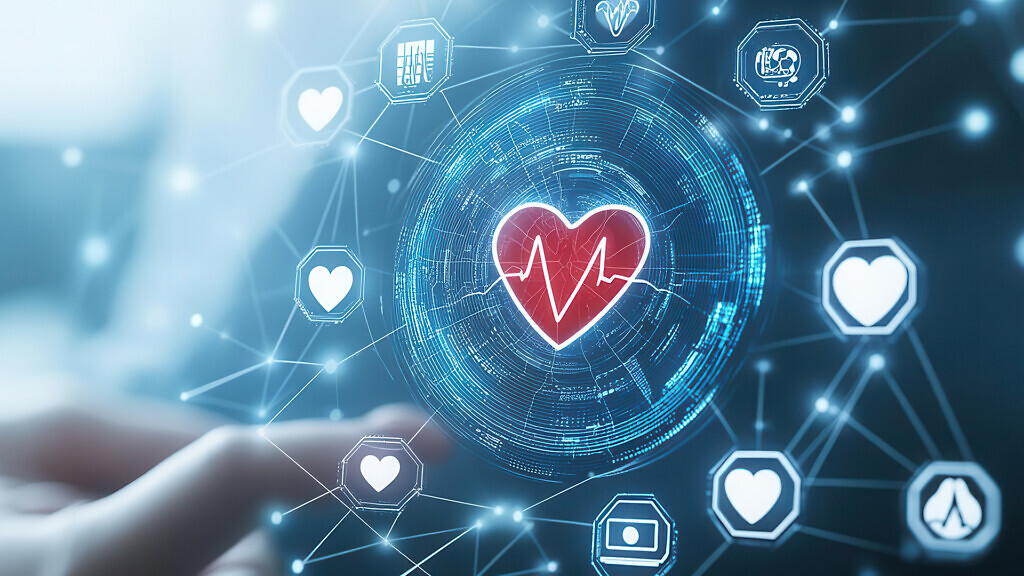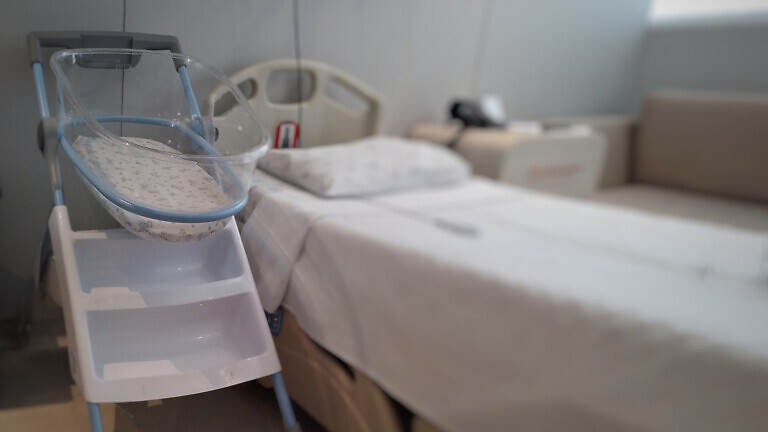Hema Purohit, non-executive director of Birmingham Women & Children’s Hospital, looks at the trends in healthcare and life sciences for 2025 and beyond.
Welcome to a glimpse into the future of medicine, where the boundaries of science and technology are constantly being redefined. Today, we stand at the cusp of an unprecedented era, one where genetic editing, artificial intelligence and nanotechnology are not just science fiction, but tangible realities transforming healthcare as we know it.
Imagine a future where genetic diseases can be edited out, like typos in a manuscript. Picture AI-driven diagnostics providing precise and personalised treatments, while nanobots navigate our bloodstream to repair cells from within. This is the future we are stepping into – a future that promises not just to extend life, but to enhance its quality, strength, and durability.
Innovation is being driven by data.
Transformation is being driven by data.
Precision is being driven by data.

What are the technology trends in healthcare and life sciences for 2025 and beyond?
Artificial intelligence (AI): AI continues to revolutionise healthcare by enhancing diagnostics, treatment plans and operational efficiency. AI algorithms can analyse complex datasets, identify patterns, and assist in making quicker, more accurate diagnoses.
Generative AI: This AI variant is becoming a virtual assistant, helping healthcare professionals save time by automating repetitive tasks and organising clinical notes. It’s particularly useful in summarising patient histories and translating complex medical information into simpler terms. We can already see a surge in the market for solutions in this area from clinical decision support tools to ambient listening and medical scribes.
Wearables and remote patient monitoring (RPM): The adoption of wearable devices and RPM technologies will continue to increase, enabling continuous health monitoring and proactive care. These tools are crucial for managing chronic diseases and supporting hospital-at-home models, especially as the world grapples with resource shortages. Citizens’ expectations for more home-based treatments are driving the adoption and development of the elastic wall between hospital and home.
Telehealth evolution: Telehealth has become integral to healthcare delivery and continues to evolve rapidly. Future efforts will focus on integrating telehealth into care models with clear clinical guidelines and ensuring coverage for all patients. More importantly, we will see the convergence of legacy Telehealth solutions into multimodal accessibility platforms as patients lead the charge in determining where, when, and how they consult with medical teams.
Personalised medicine and genomics: Advances in genomics are driving personalised medicine, allowing treatments to be tailored to individual genetic profiles, thereby improving patient outcomes. The use of generative AI in drug discovery, clinical trials, manufacturing and logistics is transforming the landscape. This continued investment and innovation will significantly reduce time to market and lead to the timely management of illnesses.
Digital therapeutics: Software-driven care is on the rise, offering new ways to manage and treat various health conditions. This includes software-led interventions, gamification of patient treatment progress, AI-driven analytics of patient data and the increasing use of virtual reality and augmented reality for therapeutic treatments.

Robotics: Robotics will see one of the biggest surges over the next few years, with mainstream adoption becoming normalised. We can expect to see an increase in surgical robots to enhance precision and control during surgery, rehabilitation robots to assist in physical therapy and rehabilitation, and telepresence robots to enhance virtual bedside attendance. Additionally, disinfection robots, which use UV light or other technologies to sanitise rooms and equipment, will reduce the risk of hospital-acquired infections. The list of applications is endless and will have a lasting impact on addressing the global healthcare resource shortfall if developed and used correctly.
Environmental sustainability: There’s a growing recognition of the importance of reducing the healthcare sector’s environmental impact. Innovations in sustainable practices and technologies are being adopted to achieve this goal.
Life sciences investment and M&A activity: This is a trend to watch closely! The life sciences sector is experiencing a resurgence in venture capital funding and mergers and acquisitions, driven by innovations in biotechnology, genomics and AI applications in drug discovery. Some exciting trends in this area include:
- Synthetic biology: Enabling the design and construction of complex biological systems, synthetic biology leads to the production of bio-based materials and sustainable alternatives to traditional chemical manufacturing. This aligns with global efforts to reduce environmental impact and can result in massive leaps in research and development.
- Gene editing technologies: CRISPR and other gene-editing technologies are advancing rapidly, with applications in oncology, genetic disorders, viral infections and autoimmune diseases. These technologies offer the potential for curative treatments by correcting mutations or silencing harmful genes. The ability specifically to edit a gene molecule to target treatment is poised to revolutionise the management of chronic illnesses and diseases.
Technology is in a state of constant evolution and transformation itself, and the ease of consumption models for technology-driven solutions is increasing the speed at which we see this transformation becoming reality. It’s impossible to document all of the expected trends over the next few years, but one thing is certain – there is no longer an option for the healthcare industry to sit back and be an observer. It is now imperative that this industry leads with intent for a healthier future for all.



